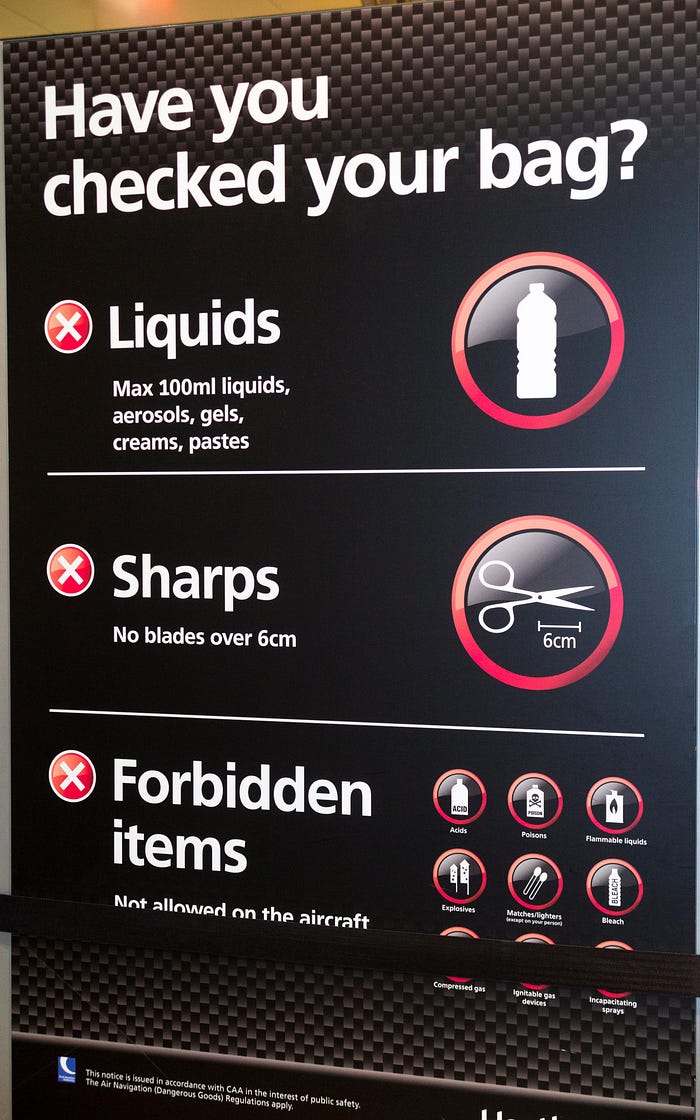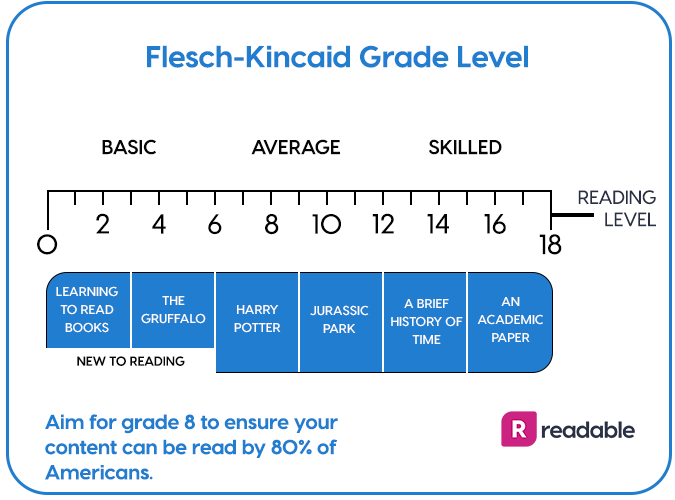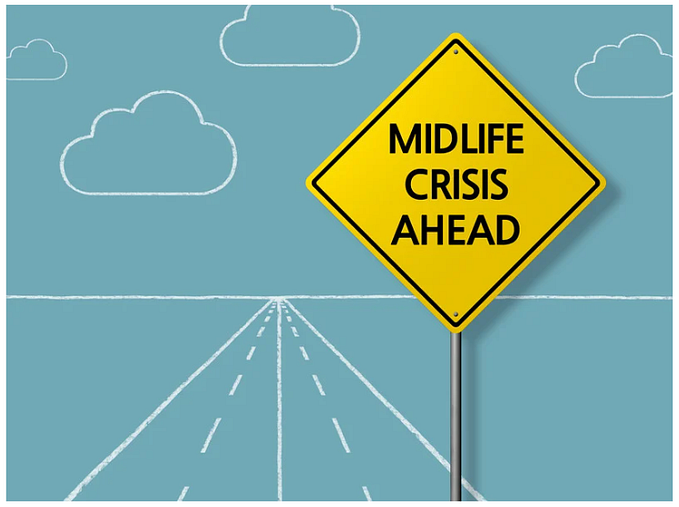Member-only story
UX Writers: what grade level are you writing at?
What grade level should you be writing at? How do you determine your copy’s grade level?

In my last article, I detailed the unfortunate fact of falling literacy rates. Reading comprehension is down, and this is a problem that shouldn’t just be the concern of teachers, parents, and students. The U.S. Department of Education’s National Assessment of Adult Literacy has found that 43% of the U.S. population has low literacy.
Knowing what grade level you are writing at is more important than ever. UX professionals cannot assume that their audience will understand their copy.
User experience writers are encouraged to write in “plain English” or with “plain language.” What does that actually mean?
Typically, this advice is meant to emphasize the importance of accessibility: you should write in a way that is easy to understand so that all users can access and comprehend your copy. Those users include —
- children and adults
- native and non-native speakers
- neurotypical and neurodivergent readers
- focused and distracted readers
Of course, the copy in question’s audience will differ depending on the content. Highly specialized information, like how to build a transistor circuit, can be as wordy as needed. Information that the vast majority of people need, like rules for airport security, must be short and simple.

It is not enough to be concise, however. Writers (myself especially included) need to be aware of vocabulary, sentence structure, idioms, allegories, and formatting. This will effect the grade level rating of a piece of copy.
How to score readability

The Nielsen Norman Group, among others, recommends writing copy at a 7th or 8th grade level. That means that…








